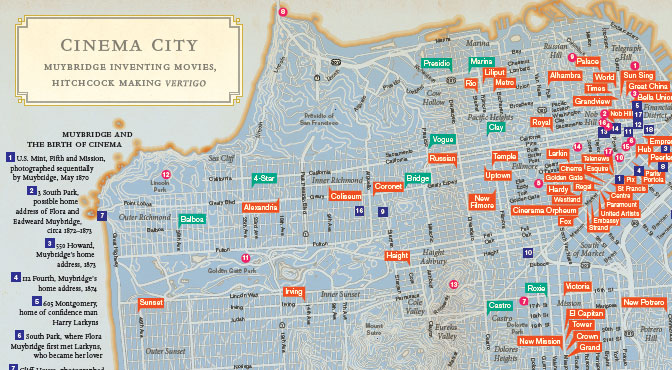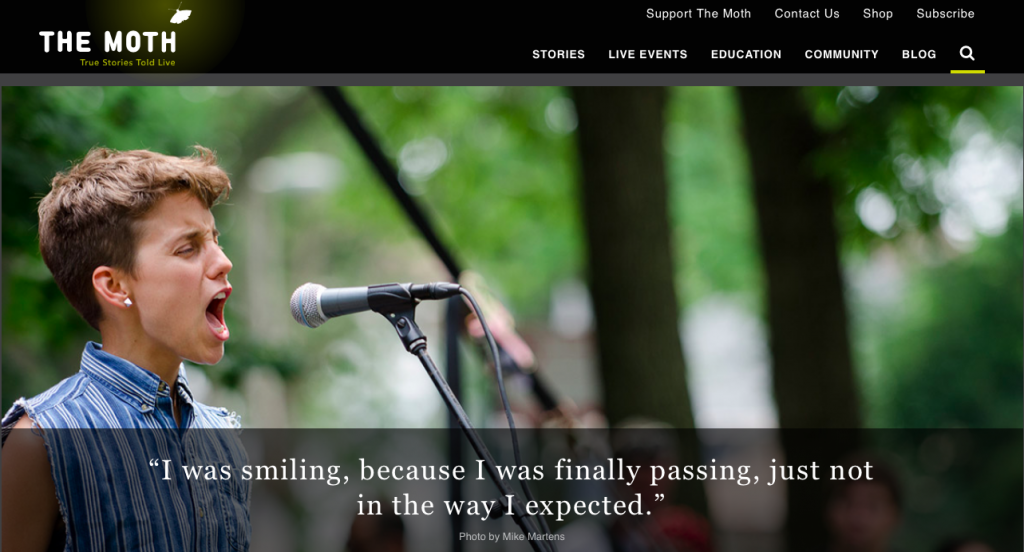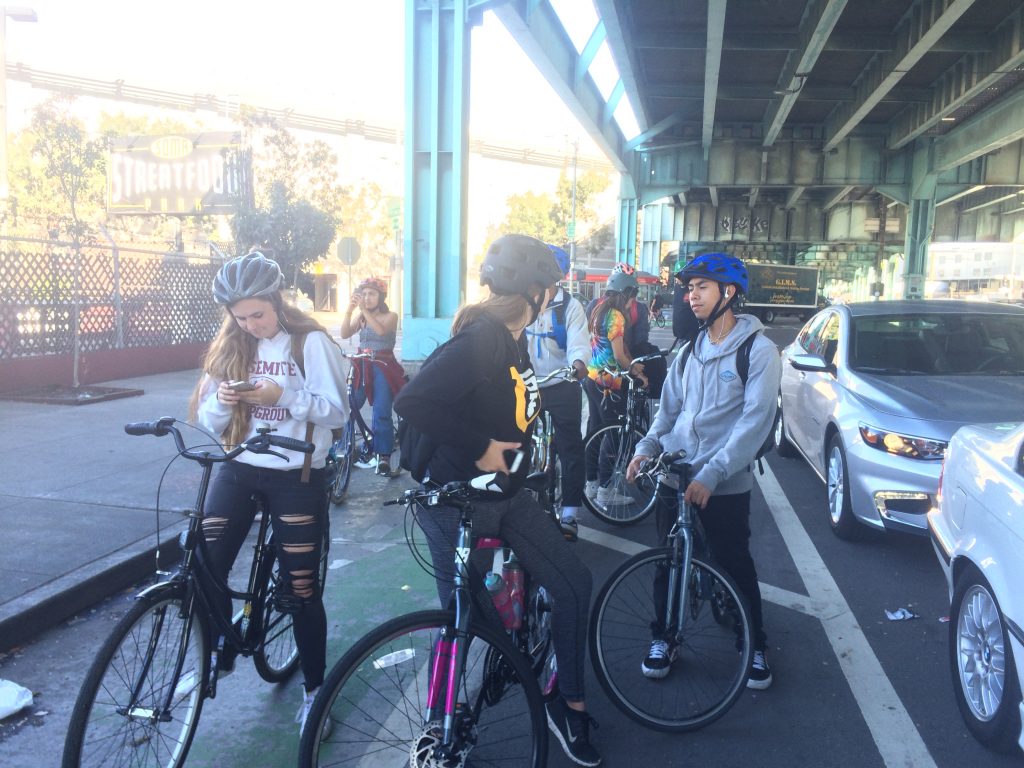I can’t help if if I have an eye for free bikes.
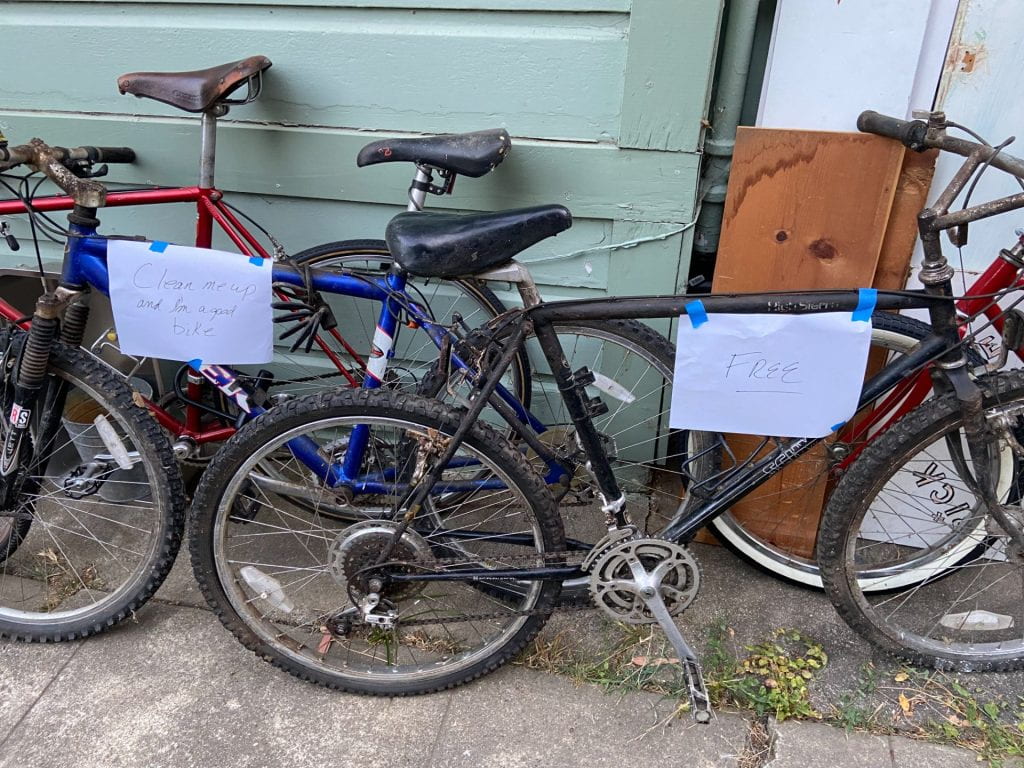
These two appeared one the sidewalk on the next block from my house. One is merely “free” (more about that later).
The other, a Trek 6000 mountain bike, promises “Clean me up and I’m a good bike.”
It definitely needed some cleaning! And came with a very interesting little bell with what seemed like a design of crossed band-aids on it.

It definitely took some time to scrub off most of the grime and dirt, but with that plus air in the tires, the little Trek was basically rideable!
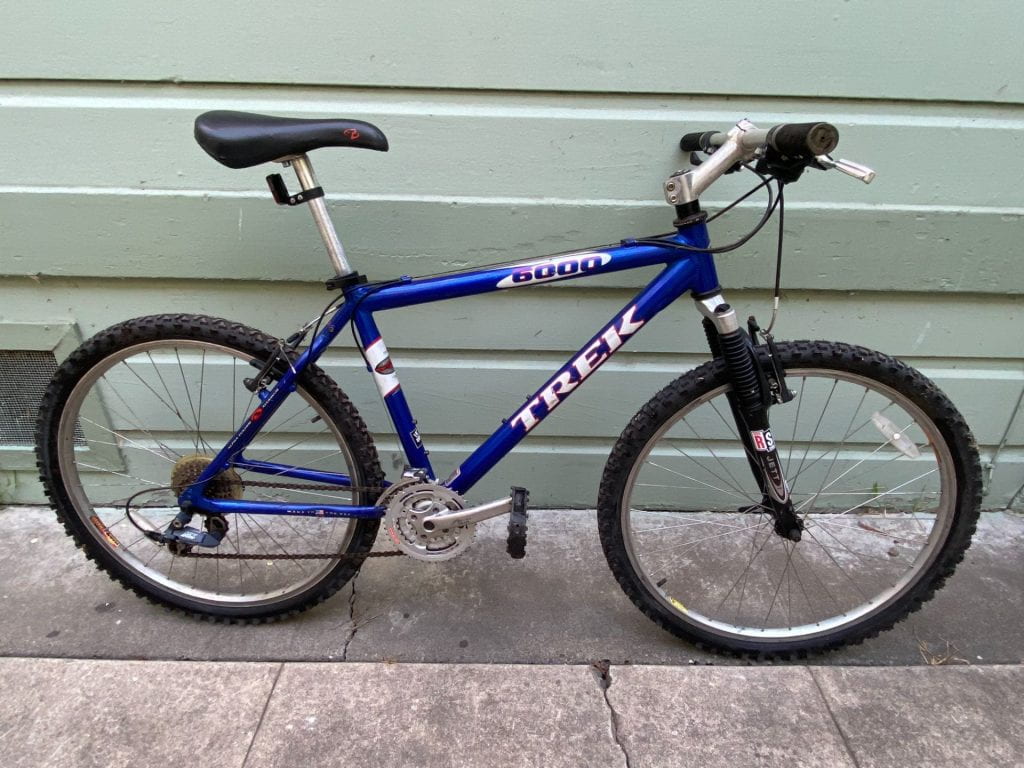
The chain was seized up by rust in a couple spots and the shifters were non-functional, and one of the rear brake arms was seized. In approaching these problems, my goal was to spend zero dollars.
The chain was easy – I put a lot of lubricant on it and let it sit overnight, then kind of cleaned it with an abrasive pad and a rag.
It’s common for older Shimano shifters to gum up. The grease used when they are manufactured turns almost to glue. It’s hard to take them all the way apart to clean them, because there are a million very tiny parts in there and lots of springs, so they have a tendency to fly apart in a every direction.

With a three-part plastic cover removed, you can see the innards. That pink thing is part of a little display that shows what gear you are in. I managed to clean out most of the crusty grease with some lubricant and a little pick, and wiggle everything back and forth to work in the lube and pretty everything came loose. The main culprit was the little brass-colored pawl that you can see just on the right of that toothed disc.
The brake was actually the hardest to fix — it was really rusted on. I never was able to get it to pivot completely freely, but it’s ok. The silver part is a sleeve that goes into the black part and it is completely stuck.

So anyway, with 3 or 4 hours of effort, a new friend joins the fleet: a 1999 Trek 6000 mountain bike in “Inkwell Blue” with front suspension and Shimano Deore LX 8-speed components.

